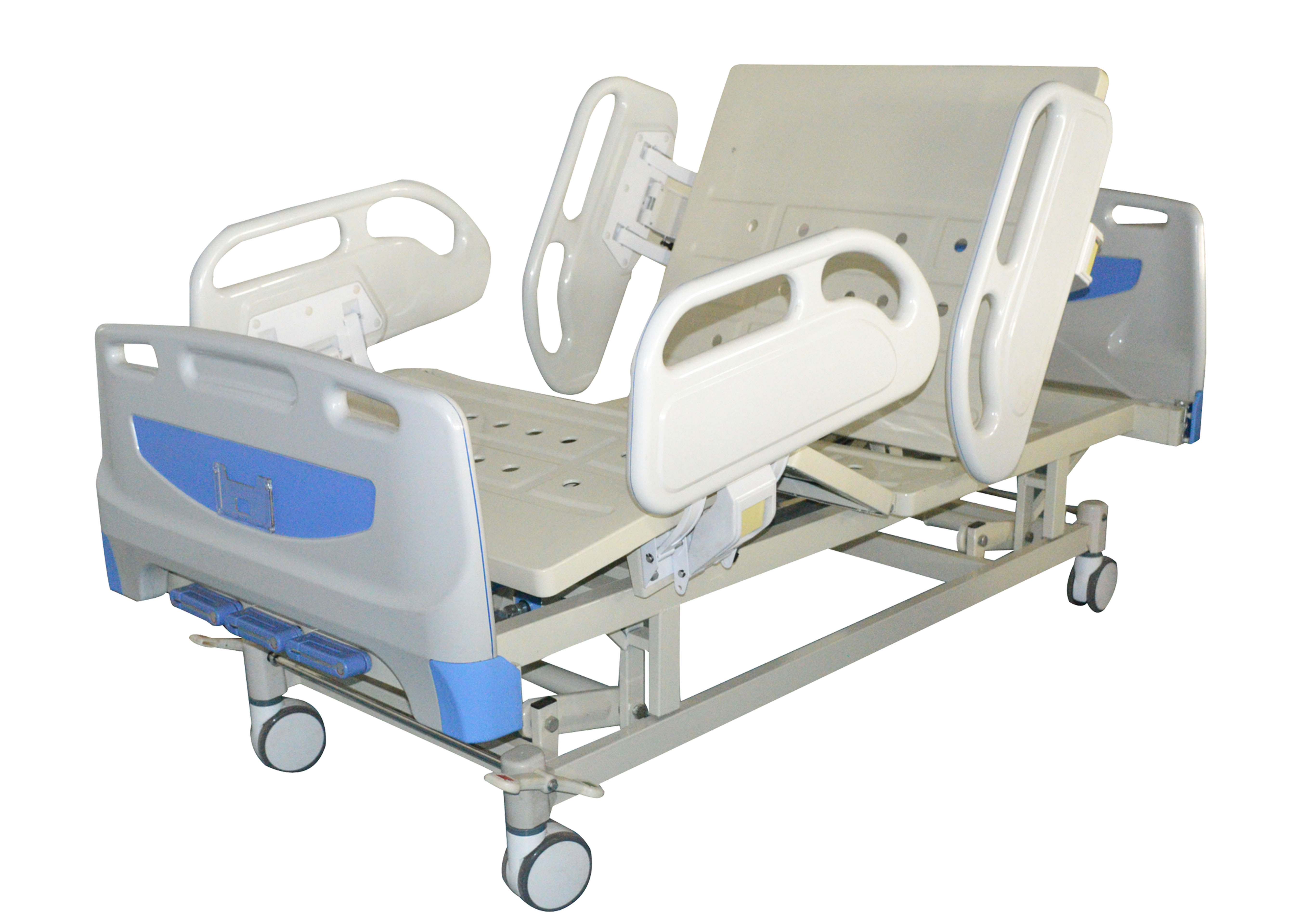Welcome to our websites!
Electric Hospital Bed for Enhanced Patient Comfort and Care Efficiency
The Advances and Benefits of Electrically Operated Hospital Beds
In modern healthcare, the importance of patient comfort and medical efficiency cannot be overstated. One of the key innovations in hospital design and equipment is the electrically operated hospital bed. These advanced beds have revolutionized patient care, providing numerous benefits for both patients and medical staff.
Design and Functionality
Electrically operated hospital beds are designed with adjustable features that promote optimal positioning for patients. Unlike traditional manual beds, these beds allow for smooth elevation and lowering of the head, feet, and overall height at the push of a button. This adaptability is essential for various patient needs, including those recovering from surgery, individuals with mobility issues, or patients requiring long-term hospitalization.
The design of electrically operated beds includes ergonomic considerations that enhance comfort and support. Most are equipped with memory foam mattresses, side rails for safety, and integrated controls that can be easily accessed by either the patient or healthcare providers. Additionally, many beds are equipped with functions such as built-in weight scales and monitoring systems that allow caregivers to track the patient's condition, ensuring that vital signs are always within the necessary parameters.
Enhancing Patient Care
One significant advantage of electrically operated hospital beds is their impact on patient care. For patients, these beds provide the ability to adjust their position seamlessly, reducing the risk of pressure sores and promoting better circulation. Patients can self-adjust their positioning, fostering independence and enhancing their overall well-being.
From a clinical perspective, the ability to position a patient correctly is crucial in various medical scenarios. Elevating the head of the bed can aid in respiratory issues, while raising the legs can reduce swelling in patients with vascular complications. Additionally, with the ability to accommodate various positions, healthcare providers can perform necessary medical procedures more efficiently and comfortably for the patient.
Benefits for Healthcare Professionals
electrically operated hospital bed

Healthcare providers also benefit significantly from the use of electrically operated beds. Manual lifting and repositioning of patients can lead to worker injuries, especially in settings where heavy lifting is common. Electrically operated beds reduce the physical strain on medical staff, allowing them to focus on providing quality care rather than physical maneuvering.
Moreover, these beds can be adjusted to the appropriate height for different tasks, minimizing the risk of back injuries associated with bending and lifting. The functionality of these beds can greatly enhance workflow in a hospital setting, as staff can swiftly adjust beds to accommodate procedures or patient transfers without requiring extra help.
Safety Features
Safety is paramount in healthcare environments, and electrically operated beds come equipped with numerous safety features. Most models include locking wheels that secure the bed in place during procedures, reducing the risk of accidental movement. Side rails can also be adjusted to prevent falls, especially for patients who may be disoriented or at risk of getting out of bed unaided.
Additionally, many of these beds are designed with emergency power failure features, ensuring that they remain operable even in unexpected situations. This is crucial in maintaining a seamless caregiving process.
Future Innovations
As technology continues to evolve, the future of electrically operated hospital beds looks promising. Innovations such as smart technology will enable beds to connect to medical networks, allowing for real-time monitoring and data collection. This capability could lead to even more personalized patient care and timely interventions by healthcare providers.
In conclusion, electrically operated hospital beds are a critical component of modern healthcare. They enhance patient comfort, improve safety, reduce the physical burden on caregivers, and provide essential functionalities that cater to the needs of both patients and medical professionals. As the healthcare industry continues to innovate, the advancements in hospital bed technology will undoubtedly play an integral role in improving patient outcomes and fostering a more efficient healthcare environment.
-
Transforming Healthcare with Hospital FurnitureNewsJun.24,2025
-
Rehabilitation EquipmentNewsJun.24,2025
-
Mobility and Independence with WheelchairsNewsJun.24,2025
-
Freedom of Mobility with Our Rollator WalkersNewsJun.24,2025
-
Comfort and Independence with Commode ChairsNewsJun.24,2025
-
Bathing Safety and Independence with Shower ChairsNewsJun.24,2025
-
Navigating the Wholesale Landscape of Electric Mobility Solutions: Key Considerations for Power Wheelchair DealersNewsJun.10,2025











